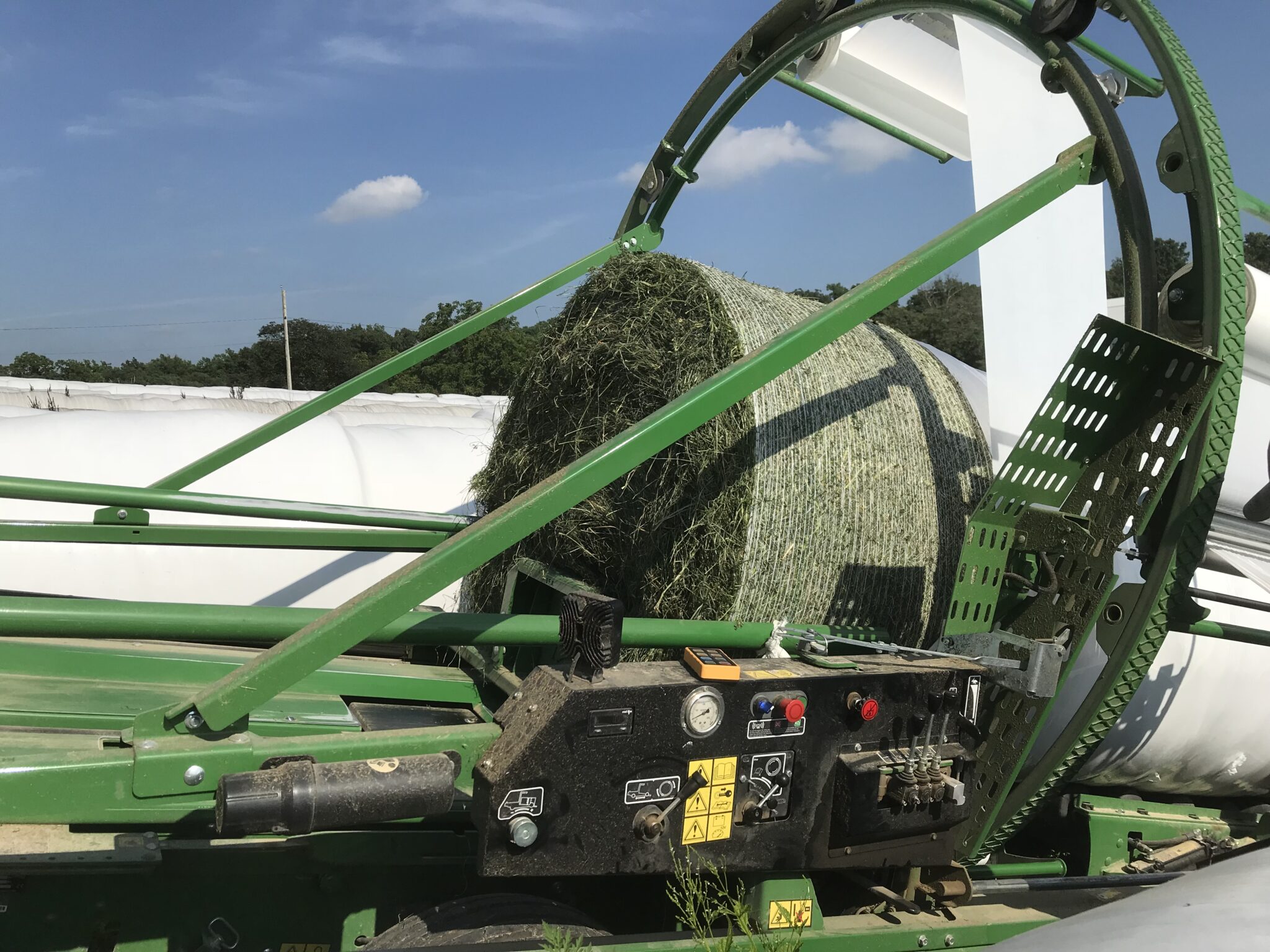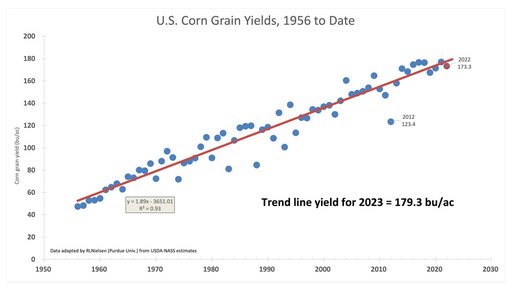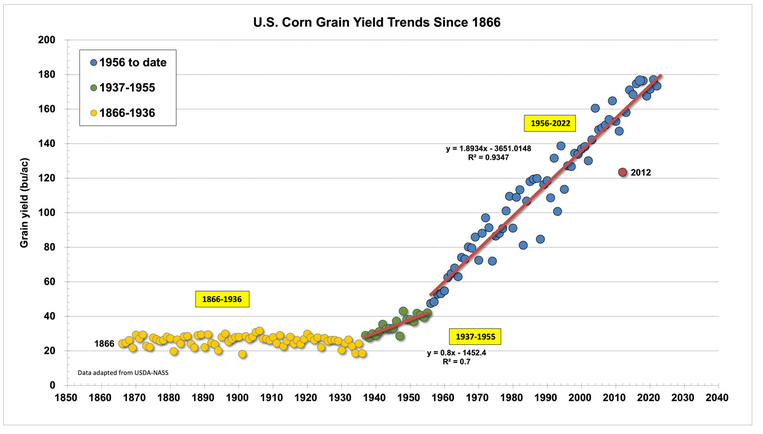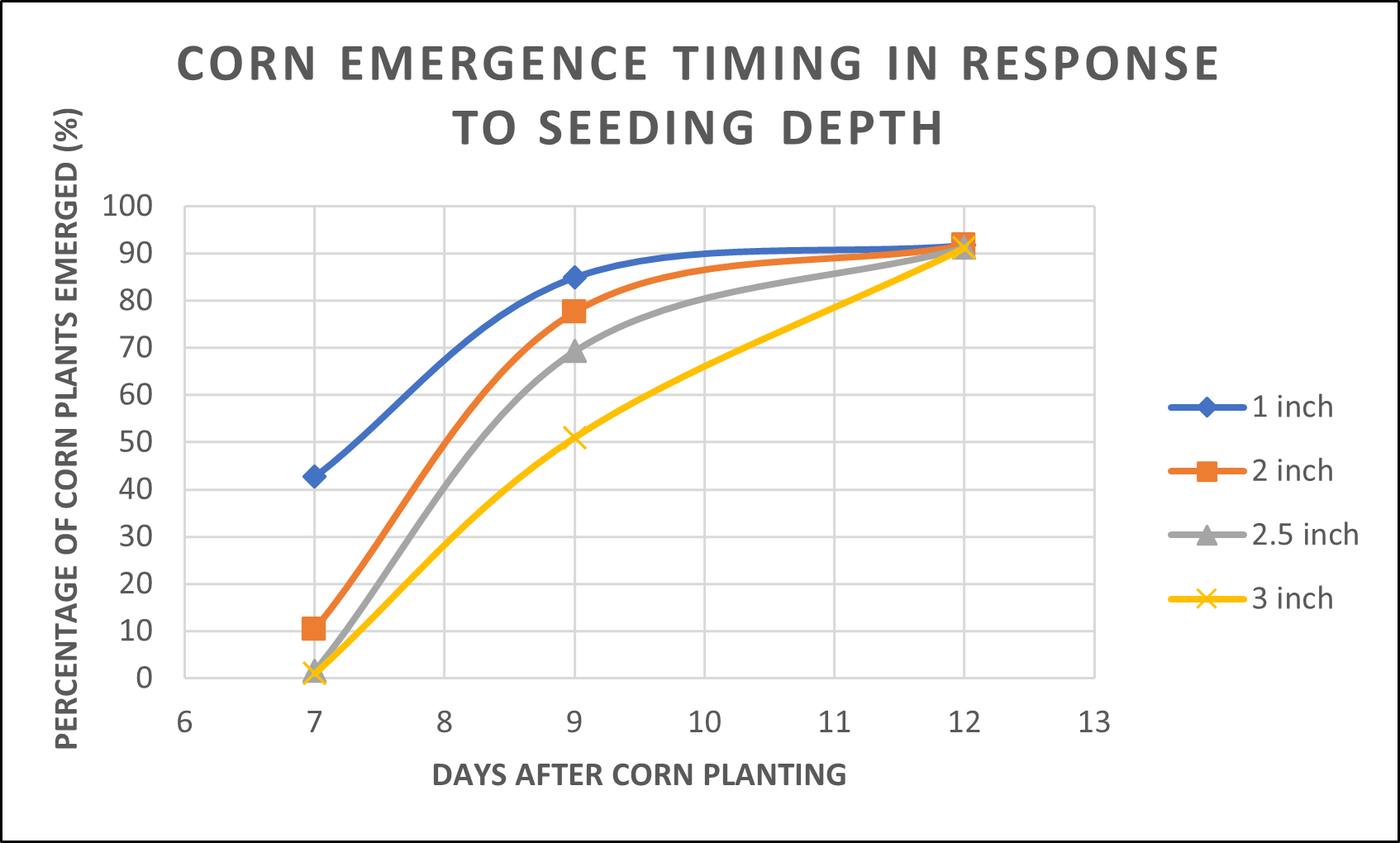Once the corn seed is planted, the waiting game for the first corn plants to emerge begins, which also means assessing (or worrying) if any issues had occurred.
436 articles tagged "Agronomy Tips".
As spring approaches and farmers and agronomists begin to get anxious as corn planting approaches, the question that often arrives each year is when is the best time to begin planting?
The hemp industry is familiar with boom-and-bust cycles, with a surge in production acres in 2019 followed by a decline in the following years. According to Hemp Benchmarks, planted acres decreased by 42% from 2021 to 2022 in the United States. The report also showed a shift in the industry with an increase in fiber production acres from 2021 to 2022 (Hemp Benchmarks, 2022). According to the NASS report, Indiana hemp producers planted 255 acres in 2021 (Cornell University, 2022). Indiana hemp producers planted 646 acres in 2022 (OISC, personal communication). Most of the planted acres in 2022 were for grain and fiber hemp. There are 710 acres of hemp expected to be planted this season in Indiana. Over half of the planned acres are for grain and fiber hemp. The difficulty farmers face when growing this crop is not going unnoticed. Senator Braun (R-IN) and Senator Tester (D-MT) introduced[Read More…]

With Dr. Grant Burcham’s permission, the paper he authored and was part of the proceedings shared with attendees of the recently held “Heart of America Grazing Conference” follows.

Historical yield trends offer a glimpse into the future.

Corn grain yields in the U.S. have steadily increased since the late 1930’s.

In recent years, a new era in crop management has been centered around biologicals that have targets associated with pest control, improved nutrient supply and uptake, and overall plant growth and resiliency.

This summary is based on 55 field scale research trials conducted at Purdue Ag. Centers and with on-farm collaborators around the state of Indiana from 2014 – 2022.

Sulfur Deficiency
Sulfur (S) deficiency has become more common in
Indiana crops because S emissions from coal-fired power
plants have decreased over the past few decades
(Camberato et al., 2022). Consequently, atmospheric S
deposition to soils has also decreased.
Sulfur deficient corn plants exhibit a general yellow-
green color from top to bottom of the plant, often also
with visible leaf striping (Fig. 1). Other nutrient deficiencies
can cause striping and can sometimes be confused with S

During the heat of planting, one thing that often can be forgotten is thoroughly checking and understanding two items, 1) what seed depth am I planting at? and 2) is my seeding depth consistent, especially across all of my individual row units?


